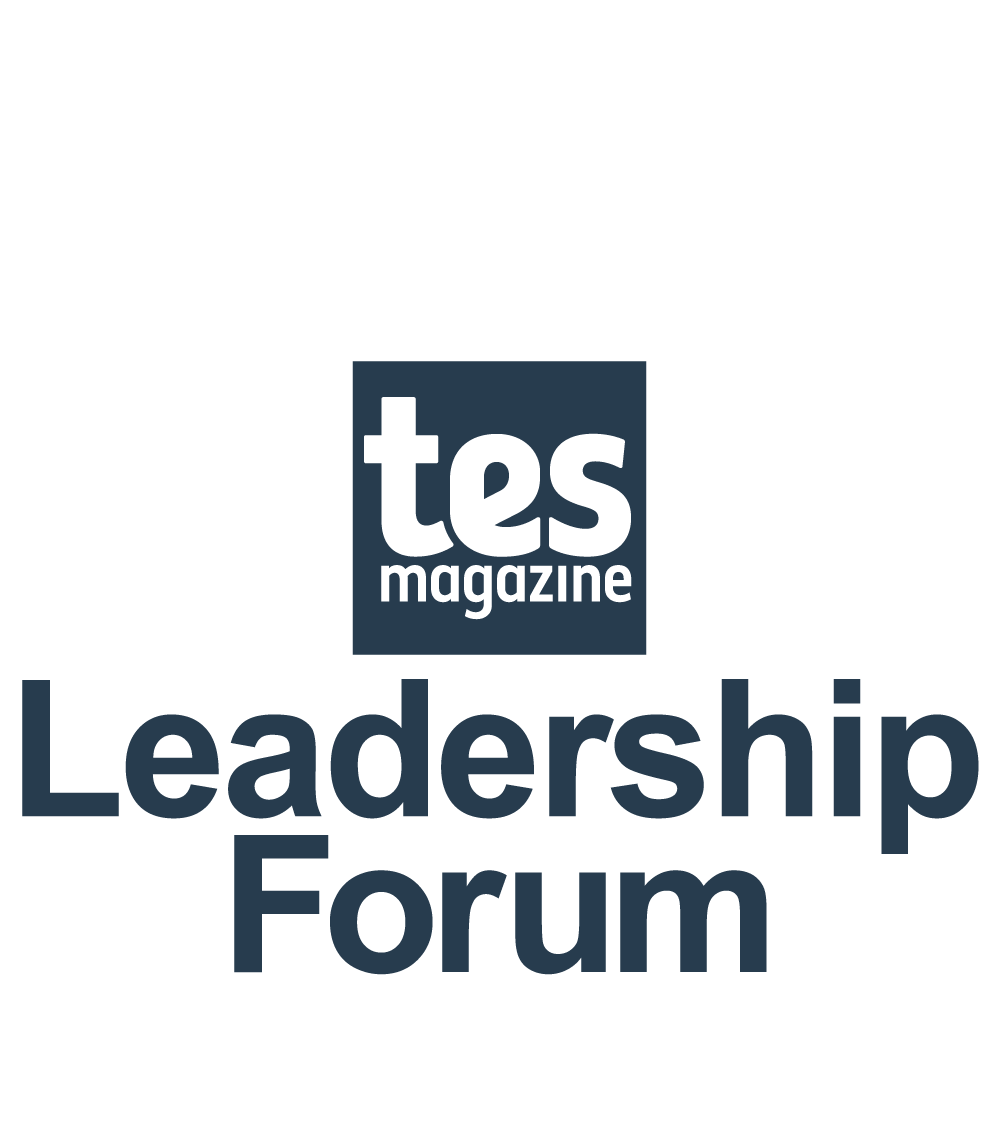- Home
- Leadership
- Tips & Techniques
- Middle leader tips: how to assess your mid-year progress
Middle leader tips: how to assess your mid-year progress

Halfway into the school year, you might have expected your team to be operating like a well-oiled machine, the strategy to be ahead of its implementation timeline, and the early signs of progress appearing in assessment data. But what’s actually happening? Conducting a proper mid-year review can offer a valuable progress check.
Lowdown
Working out how you are doing in relation to strategy can be a complex business. There are myriad elements to consider, starting with exactly how to gauge where there has been progress or regression around your aims. Received wisdom says the process requires an objective, unemotional approach, with a commitment to staying factual and realistic about performance. But what else is needed? How should you go about assessing whether your approach or strategy needs to be tweaked in light of what you have found? And what should your own CPD plan look like around the process?
What we know about what works
Strategy is not just something that you launch and just check every few months, says Donald MacLean, a professorial research fellow (management) at the University of Glasgow’s Adam Smith Business School and co-founder of StrategyStory. Instead, checking against aims should be an ever-present element of the work taking place.
“Whatever you imagined is going to happen or whatever success looks like, you need to keep revisiting that,” he says. “Is it still viable? Is this picture you painted of a rosy future still sensible and acceptable?”
Because, he continues, strategies often don’t work the way that people imagine, thanks to something called “implementation failure”, which is, he assures, “not always as bad as it sounds”.
“It’s more like Robert Burns’ saying about the best-laid schemes: they don’t always turn out the way you thought. So you need to be flexible and you need to keep your eyes on how things are evolving. The environment can throw all kinds of curveballs, like Covid for example, and the game changes quite quickly.”
So, in short, if you have got to the mid-year point and this is the first time you are doing a check-in on your own objectives, something has already gone wrong. However, taking some time mid-year to bring all the different elements of that constant monitoring together is still a necessity, as is taking the time to interrogate that data to see if it is valid and then working out what to do next.
To do this, you will first need to look at a handful of headline measures - “the dreaded term in business is key performance indicators (KPIs)”, MacLean says. These should have been set as part of your strategy at the start of the year. How are you performing on these metrics against your predictions and can you explain any that have not hit the mark expected, or have exceeded it?
Those explanations can help you decide whether the strategy is working well or poorly because of factors in your control, or outside of it. It will also help you understand if the strategy is wrong, or if something around that strategy just needs to be tweaked.
For example, are your interim assessment points in reading below expectations because your reading strategy is wrong, or because your literacy lead was off ill for three weeks after half term?
But while MacLean says these KPIs are useful, they are “not sufficient” when it comes to tracking performance.
“This is where real leadership comes in because, at the end of the day, it’s all about people,” he says. “It’s people who make the strategy work or not, they are the folks who deliver services and outcomes and lessons and all kinds of things, so you need to keep in touch with them.”
Effective assessment of strategy means keeping your finger on the pulse, he continues, with “simple, informal conversations: ‘What do you think of the strategy?’ ‘How are you getting on with it?’”
These conversations - or check-ins - should play a critical role in your assessment of progress. The prevailing view is that you’ve got to be “objective and distanced right to monitor whether things are happening properly”, he continues, but “as humans, what actually makes us act is an emotional connection”.
And so for many leaders, he continues, that will mean developing and honing the right kind of communication skills to connect meaningfully with staff. To really get the right data out of those conversations, getting some training to conduct them well is essential, he says.
“By that, we don’t mean broadcasting. We mean talking, listening, having conversations and putting things in a story form that actually captures the imagination. If a strategy doesn’t engage you emotionally, if it doesn’t have your heart and mind, it’s likely to fail. So I would say leaders should focus on training around communication, storytelling, leadership and even speaking, around tone of voice and so on.”
The experienced leader’s view
Jon Hutchinson is director of curriculum and teacher development at the Reach Foundation. He writes:
Depending on your area of responsibility, your big (slightly scary) end-of-year outcomes will be different.
Perhaps it’s the phonics screening check, maybe it’s GCSE results in your subject, or it could be the attendance of a vulnerable group of pupils. But come the end of the year, every middle leader will have a big number - probably a percentage - that eyes will focus on.
Obsessing over this measure throughout the year probably isn’t helpful. After all, it’s often hard to accurately predict. How many kids are on track to achieve the expected standard in maths in Year 6? Very difficult to say with confidence in November, even if you give the whole year group last year’s paper.
By the middle of the year, though, there is an opportunity to take the temperature on how on track you are against the goals that you set out at the start of the year. Areas that you are likely to turn your focus to may include teacher performance, professional development needs and even your own performance.
But those end-of-year results will almost certainly feel like they hold the most weight; the percentage is what has the power to keep you up at night.
In the hustle and bustle of everyday school life, it’s easy to fall into assumptions and generalisations - “Year 10 are so behind and don’t seem to care at all about their grades”, or “None of the Year 4s are even close to knowing all of their times tables - the multiplication tables check is going to be a disaster”.
Curiosity, clarity and optimism are good antidotes to any dread that could be creeping in.
Demonstrating genuine curiosity allows you to gather the data that you need and paint a picture that is more nuanced. It is rarely the case that everything is in ruin, even if it feels like it, and a mid-year review can give you the opportunity to break down any issues and inject a sense of urgency in addressing them.
This helps to provide clarity on exactly which areas need greater focus or a change in plan. Only half of Reception being on track to get a good level of development is only a problem if you don’t do anything about it, and halfway through the year, you do still have time to solve inevitable challenges that arise.
The final piece of the puzzle is often one of the hardest aspects of middle leadership: modelling optimism that the team is capable to get back or stay on track to meet the ambitious goals set.
Culture really does start at the top, and so even if you are feeling slightly frazzled or frantic, it’s important to model calm enthusiasm and a can-do attitude for your team to follow. A mid-year review can provide the perfect opportunity for a mini-reset to do just this.
You need a Tes subscription to read this article
Subscribe now to read this article and get other subscriber-only content:
- Unlimited access to all Tes magazine content
- Exclusive subscriber-only stories
- Award-winning email newsletters
Already a subscriber? Log in
You need a subscription to read this article
Subscribe now to read this article and get other subscriber-only content, including:
- Unlimited access to all Tes magazine content
- Exclusive subscriber-only stories
- Award-winning email newsletters
topics in this article




